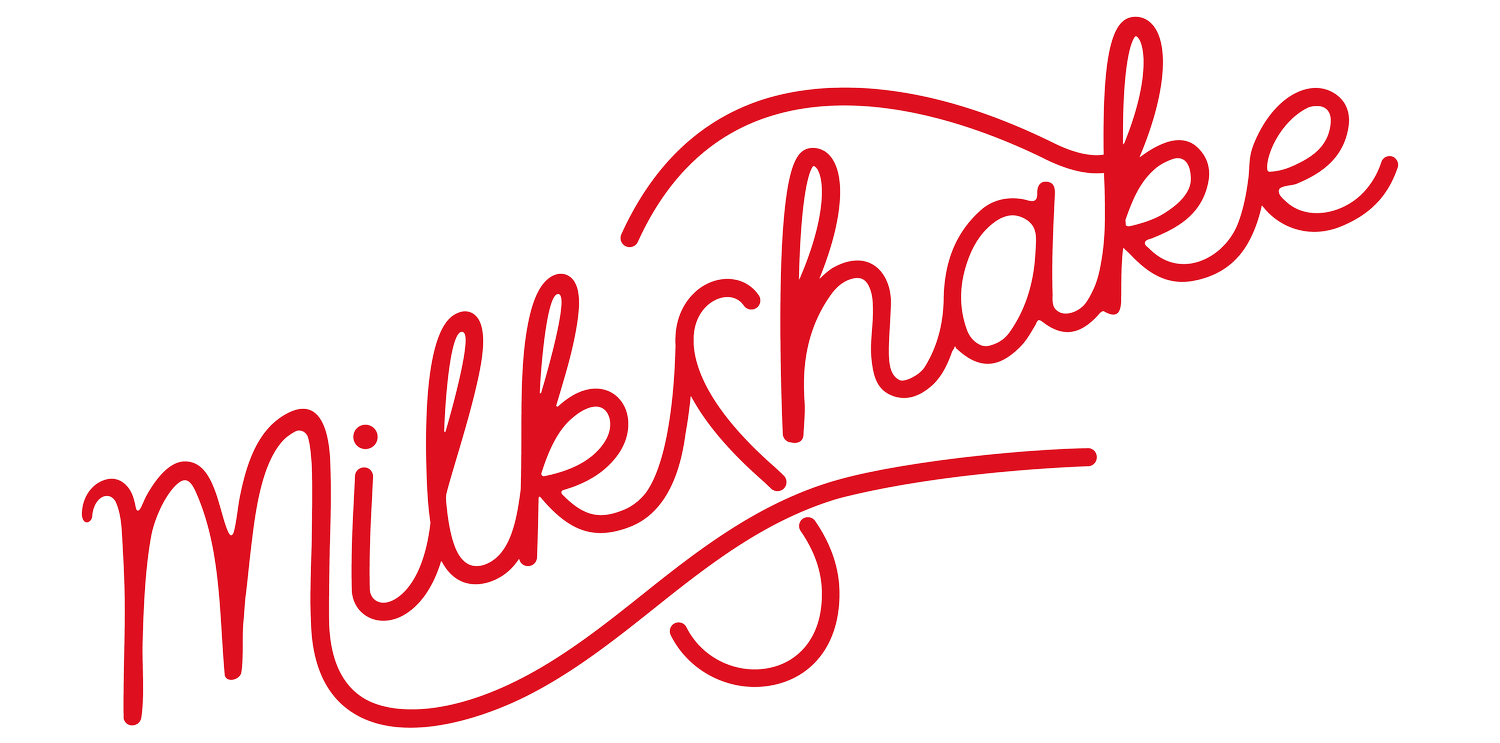What Nessie's 1,500-Year Marketing Campaign Can Teach Modern Brands
What can modern brands learn from a mythical creature that's maintained relevance for over 1,500 years? Plenty, it turns out.
No marketing department, no focus groups, just the perfect conditions for human psychology to create the world's longest-running marketing campaign.
In the grand theatre of cultural phenomena, few performers have maintained their star power quite like the Loch Ness Monster.
What started as a humble mention in the 6th century has evolved into a tourism juggernaut, generating a whopping $54 million annually for the Scottish economy. Not bad for a creature that's playing the world's longest game of hide and seek.
The psychology behind Nessie's enduring appeal is a fascinating web of cognitive biases and behavioural principles that would make any psychologist elated… or us. We like this nerdy stuff too.
So, to procrastinate other work, let’s break down the science behind our beloved Nessie:
The Scarcity Effect:
The psychological power of scarcity elevates Nessie from mystery to obsession. With over a million visitors annually circling Loch Ness like moths to a flame, each "almost-sighting" becomes more valuable than the last.
This manufactured rarity mirrors successful brand launches like limited-edition sneakers or invite-only platforms - the less attainable something is, the more we convince ourselves we need it.
Brands take note: sometimes the most powerful marketing isn't about what you show, but what you strategically hide.
Confirmation Bias:
The Loch Ness phenomenon perfectly exemplifies how our brains become willing accomplices in their own deception.
Every unexplained splash becomes a tail flip, every shadow a mysterious creature. This cognitive quirk is marketing gold - it's why Tesla owners overlook minor flaws or why Apple fans defend every controversial design choice.
When people want to believe in something, they'll do most of your brand-building for you. The key is giving them just enough breadcrumbs to construct their own narrative.
Social Proof and FOMO:
The genius of Loch Ness tourism lies in its self-reinforcing ecosystem. Each tour boat, souvenir shop, and "monster hunter" validates the next, creating a powerful social proof loop that would make any marketer envious.
This mirrors how modern brands leverage user-generated content and community engagement - when everyone's talking about something, the conversation becomes the product. The fear of missing out on potentially witnessing history drives continued engagement, even when the payoff remains elusive.
Pattern Recognition Gone Wild:
Our brain's tendency to see faces in clouds and monsters in waves (there’s a scientific name for this: pareidolia) isn't only a quirky neural glitch; it's a powerful tool for brand engagement.
Just as we transform Loch Ness's murky waters into monster sightings, consumers readily see hidden arrows in FedEx logos, bears in Toblerone mountains or double meaning in anything Taylor Swift does.
Smart brands leverage this hardwired pattern-seeking behaviour, creating subtle visual elements that reward closer inspection and make customers feel like they're part of an inside joke or club.
Narrative Transportation:
The 1930s Nessie boom was lucky timing that turned into a masterclass in narrative marketing. Riding the cultural wave of monsters like King Kong, it tapped into depression-era escapism and humanity's eternal fascination with the unknown.
Modern parallels can be found in how brands like Red Bull craft entire universes around their products, or how Disney+ leverages nostalgia and storytelling to drive subscriptions.
The lesson? Don't just sell a product - sell a story that people can lose themselves in.
The Dunning-Kruger Effect (of Monster Hunting):
There's beautiful irony in how the less someone knows about marine biology or lake ecosystems, the more confident they tend to be in their monster-spotting abilities.
This cognitive bias has fascinating implications for brand community building - sometimes, a little knowledge gap can actually enhance engagement by making participation feel more accessible. It's why amateur photographers feel confident critiquing professional work, or why casual investors become overnight crypto experts.
The sweet spot for community engagement often lies in making people feel knowledgeable enough to participate, but not so expert that the mystery disappears.
What's particularly brilliant about the Loch Ness Monster as a brand is its perfect balance of mystery and accessibility. You don't need a PhD in cryptozoology to participate - just a healthy imagination and, preferably, a camera with conveniently poor focus.
The Loch Ness Monster has become quintessential to Scottish culture, an iconic figure that proves sometimes the best marketing strategy is simply letting human nature do its thing. In an age of carefully curated brand experiences, there's something refreshingly authentic about a tourism empire built on what is arguably one of the longest-running marketing phenomena in history.
Ready to infuse your brand with more of that Nessie-level staying power? Here's how Milkshake can help when you're ready:
🥜 1:1 Peanut Budget Strategy Sessions - Feel like you're running through peanut butter when it comes to your marketing, but only have the budget for, well, peanuts? Our one off strategy sessions give you a crystal-clear, actionable game plan that gets you pumped and ready to move forward with confidence, sans peanut butter.
Book your session →🔍 Brand Strategy - Let our strategists develop your brand with a distinctive personality and voice that resonates with your target audience. We'll craft a brand that goes beyond visuals to differentiate you from competitors and create meaningful connections with customers through compelling messaging. Learn more →
✏️ Copywriting - Just need some copy that doesn't sound like everyone else? Our copywriting services take your words from forgettable to "why am I suddenly throwing my credit card at the screen?"
See our copywriting services →🧠 DIY-ing your marketing? Grab our "Ultimate Guide to Brand Psychology" and learn how to apply these principles yourself. It's packed with science-backed principles, real-world examples, and actionable tips ready to use.
Get your slice →

